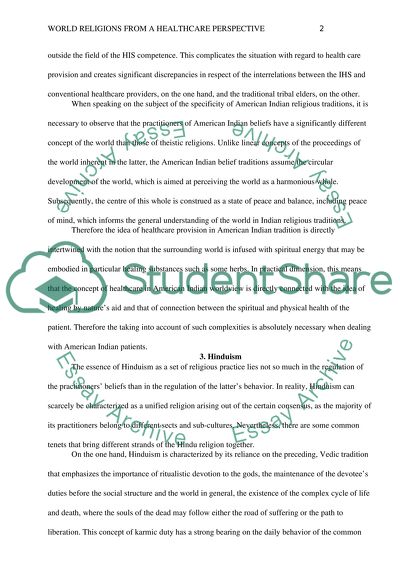Cite this document
(“World Religions From A Healthcare Perspective Essay”, n.d.)
World Religions From A Healthcare Perspective Essay. Retrieved from https://studentshare.org/religion-and-theology/1441204-world-religion
World Religions From A Healthcare Perspective Essay. Retrieved from https://studentshare.org/religion-and-theology/1441204-world-religion
(World Religions From A Healthcare Perspective Essay)
World Religions From A Healthcare Perspective Essay. https://studentshare.org/religion-and-theology/1441204-world-religion.
World Religions From A Healthcare Perspective Essay. https://studentshare.org/religion-and-theology/1441204-world-religion.
“World Religions From A Healthcare Perspective Essay”, n.d. https://studentshare.org/religion-and-theology/1441204-world-religion.


